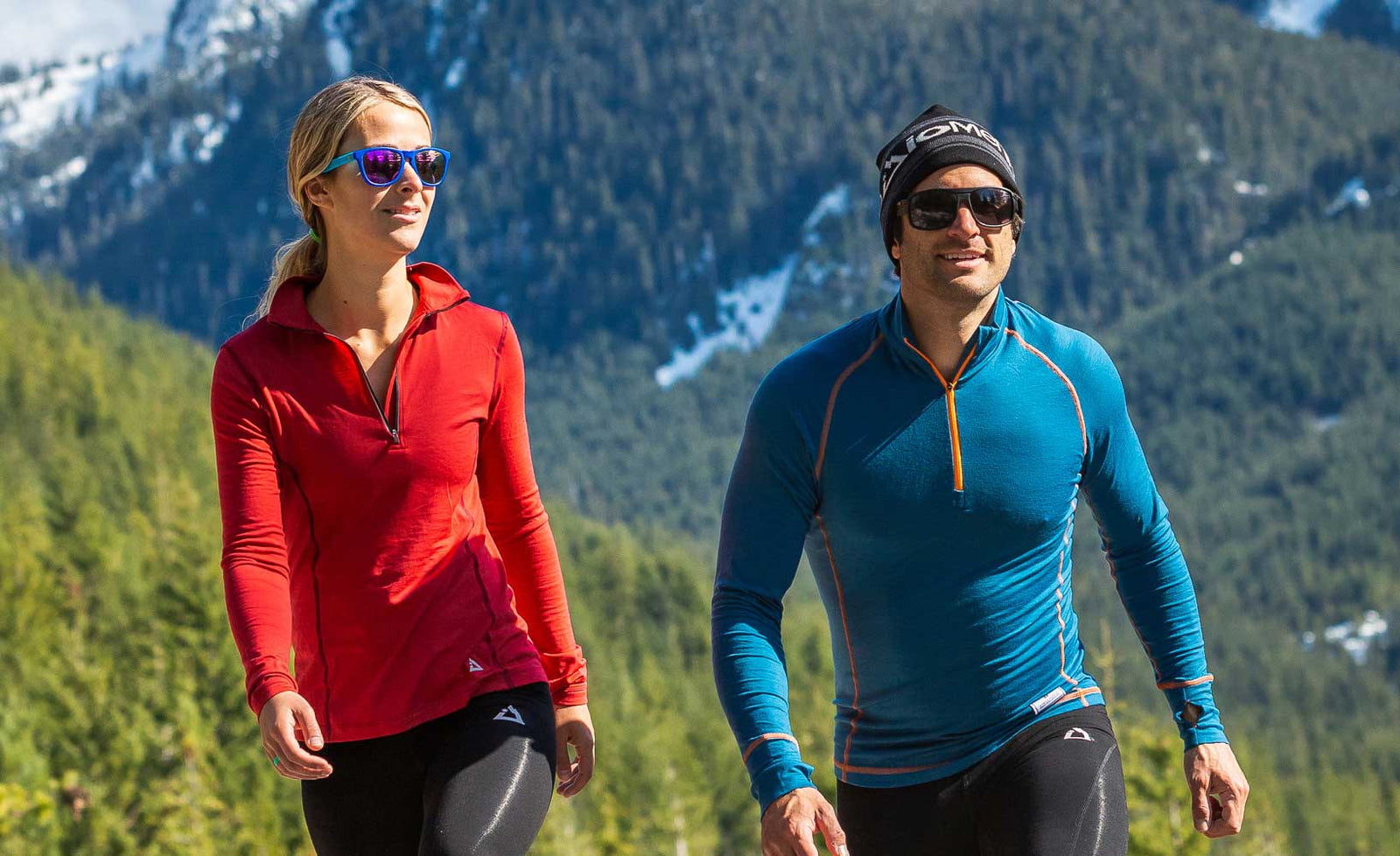Your Cart is Empty
There’s so many things to love about these pants: how soft they are, so comfortable, how warm they are but still lightweight. Unfortunately a few things stop them from being perfect.
First - the pockets are too shallow, even a tissue I had in there fell out when I sat down let alone anything more substantial. Just a few more centimetres would make a difference.
Second - I’ve had significant pilling already between the thighs in the short time I’ve had them which is frustrating and I’m concerned on how long they’ll last before wearing out due to how thin they are.
Third - the men’s version of these have a drawstring but the same option isn’t available on the women’s. Would be good if this could be offered as depending on what you’re doing a drawstring can be very handy.
I still love the pants and have already bought a second pair in a different colour as they’re so versatile; from walking the dogs, doing work around the house to low key casual catch ups. But I would buy them in every colour if they could fix a couple of the issues above.
Hi there Claire,
Thanks so much for your review. We've gotten in contact with you directly. :)
All the best,
Coby
Comfort and smart enough to wear out.
Bought the Ultra Zip in Grey and I absolutely love it. This is my first IOMerino product and I’m really impressed by the quality. Feels soft, it’s super warm and fits really well. On the fit, I’m 5,11 (180cm) 75kg athletic build and while the medium fit was perfect across the shoulders, it would ride up if I put my hands up and was just a bit too tight to be comfortable for running and layering when climbing/mountaineering. I sized up to a large and it’s perfect.
Highly recommend this.
I love my new pants and I live that I could buy them locally I needed to exchange them for a larger size, my underestimating my size, snd just popped down to Adelaide to do so, though I have to say they were very prompt in sending them.
I just recently bought this top to replace a similar style synthetic one. The difference is night and day! I was getting hot, sweaty and itchy under the synthetics on long hikes. The merino fabric feels so much nicer on my skin and breathes so well, the comfort levels have improved 10 fold! Also love the zip for chest cooling and the thumb loops to protect the backs of my hands from the sun. Well done IO 👏🏼





